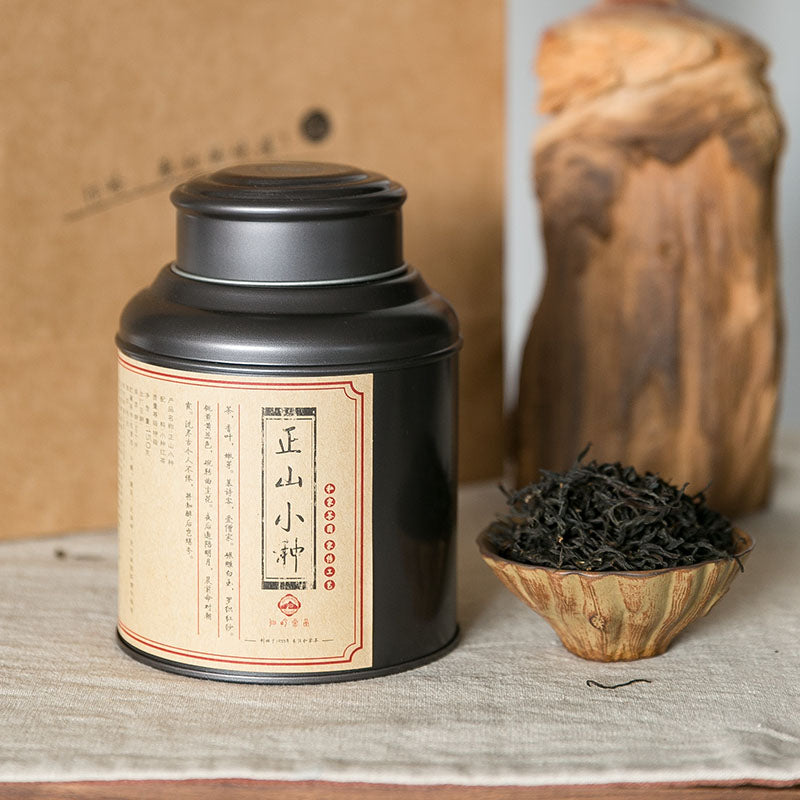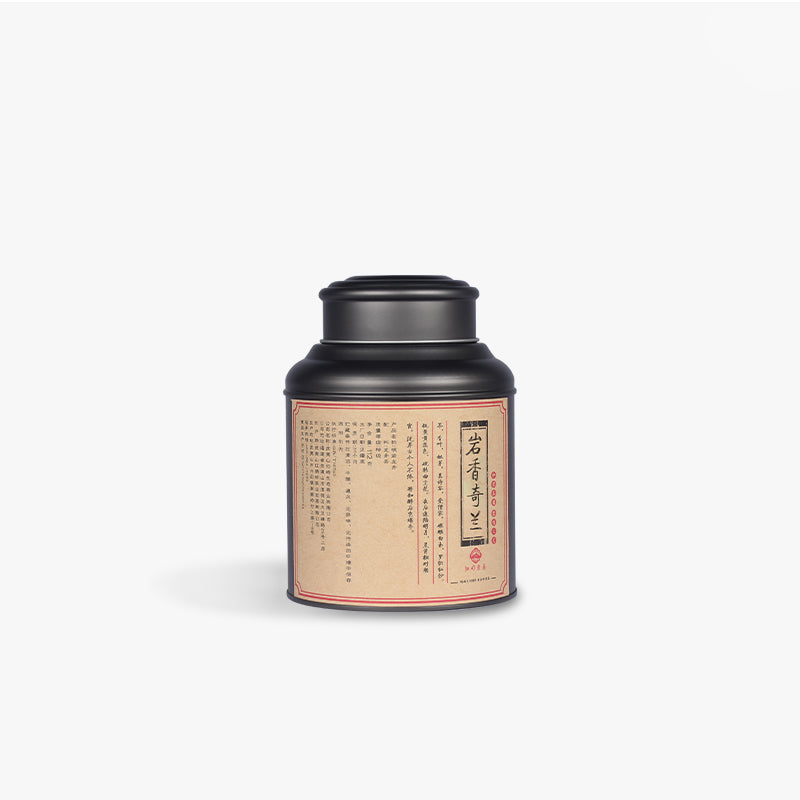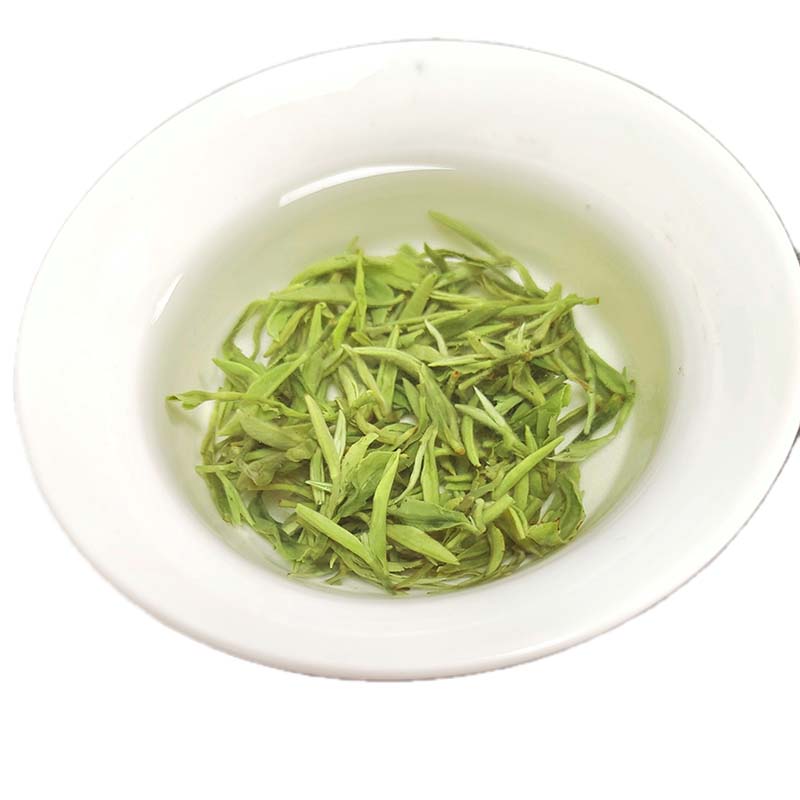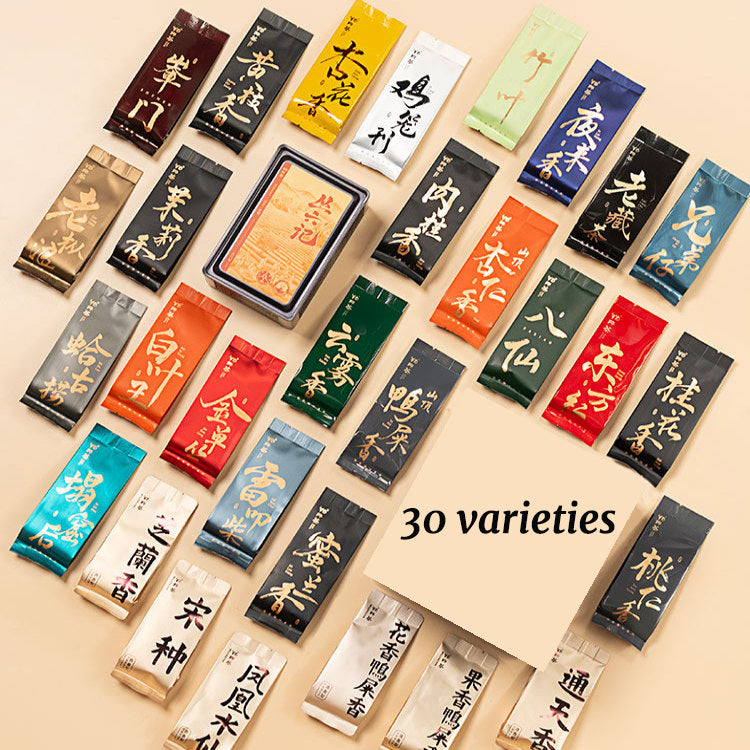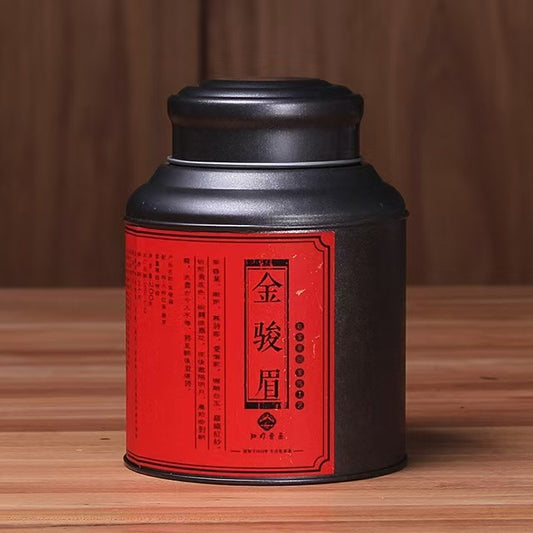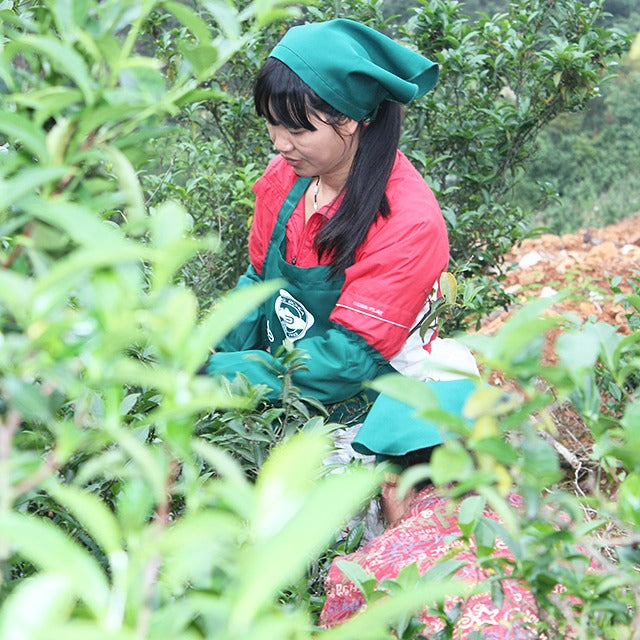Oolong Tea and the Dance of Caffeine
Oolong Tea and the Dance of Caffeine
When it comes to the caffeine content in oolong tea, the numbers tell only a fraction of the story. Oolong occupies a unique space in the world of tea, often charming those who crave a cup that is both energizing and subtly calming. But what makes oolong's caffeine so distinctive, and how does one navigate this middle ground between black and green teas?
First, it's fascinating to consider the geographical and historical roots of oolong from Fujian and Guangdong provinces in China, as well as Taiwan. This tea reflects deeply the lands and craftspeople who have refined their production processes over centuries. Depending on the region, the oxidation levels of oolong can vary significantly, shaping its flavor profile and caffeine content. A lightly oxidized oolong, like Taiwan's famed Pouchong, often shares more characteristics with green tea, resulting in lower caffeine levels. Meanwhile, the robustly roasted Wuyi oolongs from China's Misty Mountains may present a caffeine experience closer to that of black tea.
Brewing technique also plays a crucial role. The temperature of the water and the duration of the steeping process directly influence how much caffeine is extracted into your cup. Here lies an opportunity for the mindful tea drinker to experiment: a short steep with cooler water can yield a softer, more delicate infusion, while a longer brew with boiling water will draw out stronger flavors and a more pronounced caffeine kick. It's a balancing act, one that begs the question—what mood am I in today?
For those who enjoy a bit of ritual in their routine, preparing oolong can become a meditative practice. Using a gaiwan, the traditional Chinese lidded bowl, encourages deliberate pacing and attention to detail. Each controlled infusion allows one to taste oolong's evolving character and caffeine profile, as the leaves gradually unfurl and release their hidden treasures.
It's also worth noting that caffeine in oolong interacts wonderfully with the tea's theanine content—a natural compound that promotes relaxation—resulting in an invigorating yet gentle experience that stands apart from the jolting effect of coffee. This delicate balance might explain why many find oolong to be both a morning starter and an afternoon companion.
In the end, exploring the caffeine content of oolong tea is more of a journey than a fixed destination. It's about engaging with the tea as a living, breathing entity that adapts to your personal touch. So, whether you're a seasoned tea aficionado or a curious newcomer, let oolong invite you into a deeper conversation—one sip at a time.

